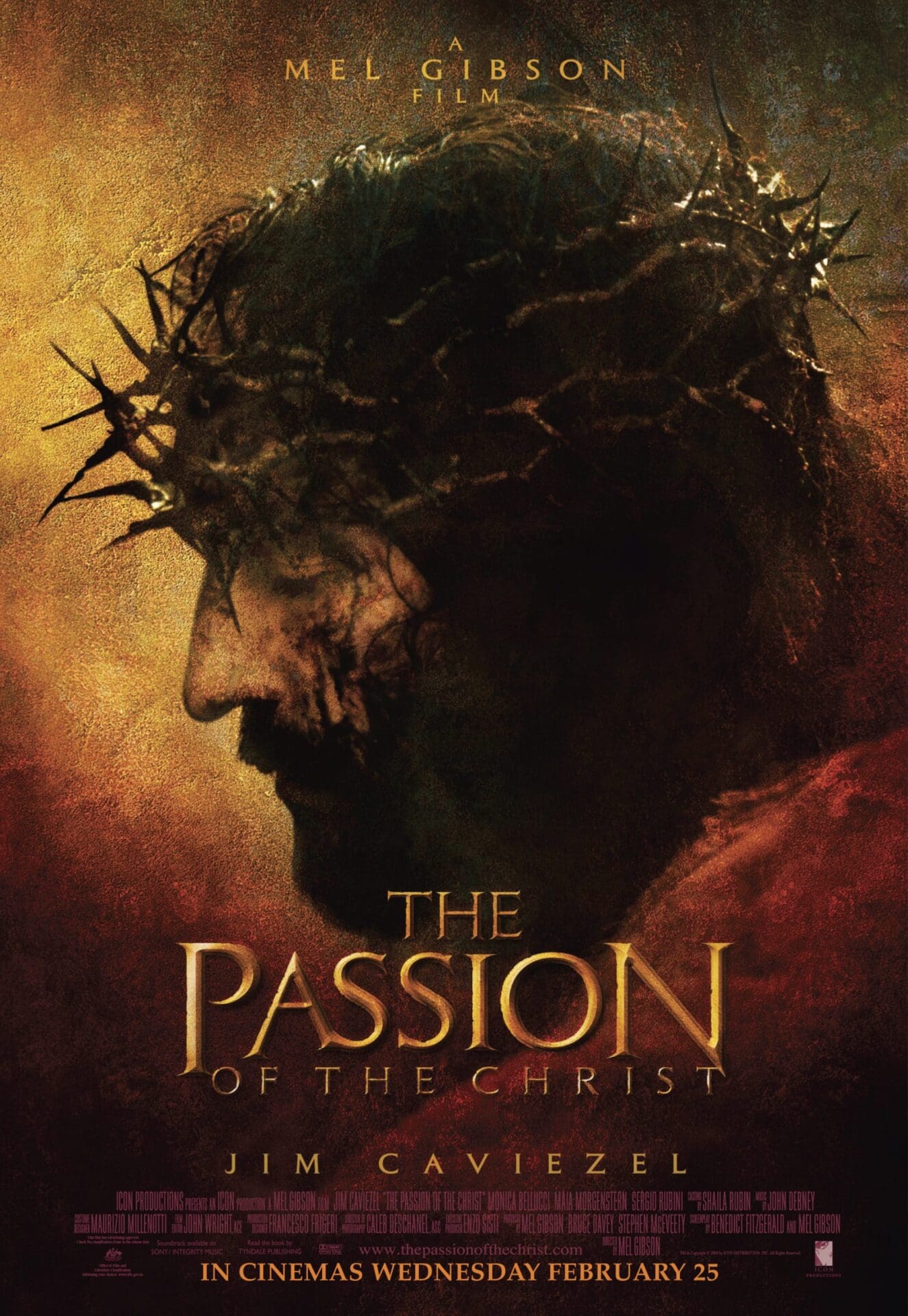A: Perhaps the most noteworthy definition for us today is that given by the Second Vatican Council in its Constitution on the Sacred Liturgy: “the liturgy is considered as an exercise of the priestly office of Jesus Christ. In the liturgy the sanctification of the man is signified by signs perceptible to the senses, and is effected in a way which corresponds with each of these signs; in the liturgy the whole public worship is performed by the Mystical Body of Jesus Christ, that is, by the Head and His members” (7).
Still, when submitted by one of our readers in Camarillo, CA, this question—“What is the liturgy?”—caught me off guard. After all, we at Adoremus spend most of our waking hours teaching, speaking, writing, reading, and reflecting on all aspects of “liturgy”—its music, ministers, rites, and rubrics. Yet the fundamental question, “What is the liturgy?” is often overlooked and, truth be told, not easy to define in a succinct way.
Many definitions of the liturgy, particularly those in the early 20th century, made “officialdom” the distinguishing liturgical mark, namely, that an act was considered “liturgy” if carried out by duly appointed ministers and celebrated according to an officially-promulgated book. Consider, for example, Romano Guardini’s own definition in his 1918 The Spirit of the Liturgy: “The liturgy is the Church’s public and lawful act of worship, and it is performed and conducted by the officials whom the Church herself has designated for the post—her priests.” That a liturgy is carried out by the Church’s ministers and follows a duly-approved ritual is not wrong, but it also does not capture or define the liturgy’s fundamental essence.
We hear in the Second Vatican Council’s definition, above, like those before it, the acknowledgment that liturgy belongs to, and is celebrated by, the Church and her hierarchically-arranged members. But we are given two additional aspects to consider: 1) the unseen content of the liturgy, which is “the priestly [work] of Jesus Christ,” and 2) its manifestation by efficacious “signs perceptible to the senses.”
Thus, at a minimum, it seems that a basic definition of liturgy ought to include three indispensable parts. First, it must recognize that the reality or substance of every liturgical action is Jesus Christ, and particularly his saving Paschal Mystery—his suffering, death, resurrection, and ascension. Second, the definition ought to recognize that Christ’s saving work is made manifest through signs and symbols. More than simple reminders or pointers to Jesus, these sacramental signs and symbols actually bring before the Church him whom they signify, Christ. Third, our definition needs to acknowledge that the liturgy’s signs and symbols are organized and carried out in an ecclesiastical rite or ritual, of which the Church—Christ’s own body—is the sole celebrant. And it is important to note that this Church is not simply her clergy, but each of the baptized who actively participate in the saving Paschal Mystery of Jesus made present in the liturgy’s sacramental signs, giving their whole selves through Christ to God the Father and, in return, becoming divinized
In short, here is one possible definition: the liturgy is Christ and his Paschal Mystery made present in the Church’s sacramental signs.
—Answered by Christopher Carstens, Editor, Adoremus Bulletin

